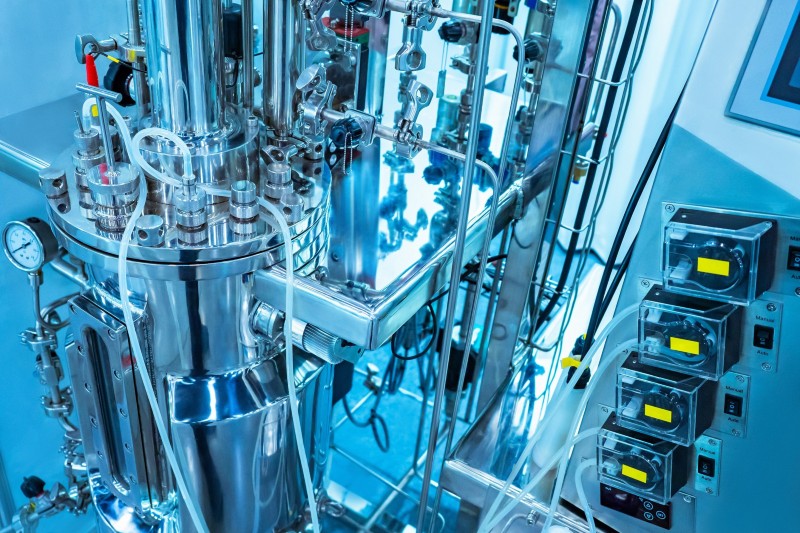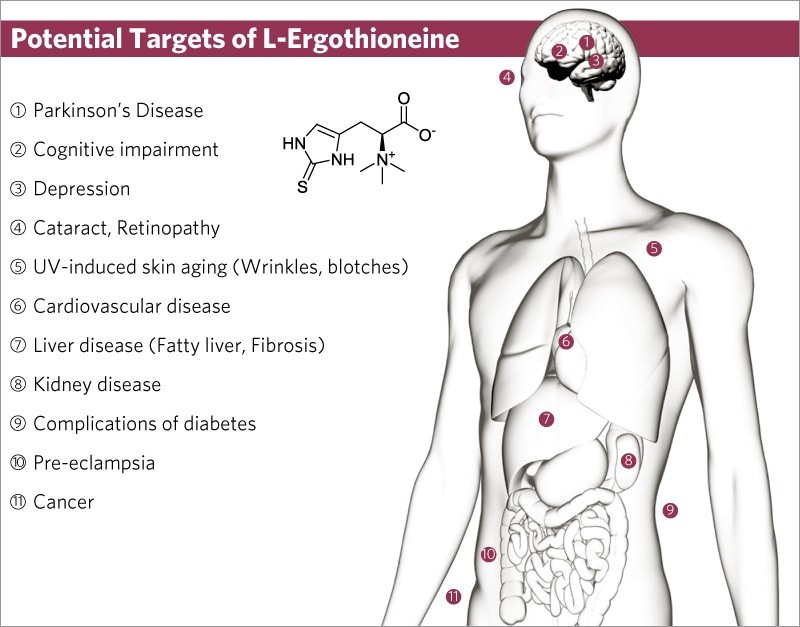.
Optimized fermentation of engineered microbes may be the solution to mass producing a vitamin-like antioxidant with anti-aging properties.
Recent Japanese research suggests that fermentation using engineered microorganisms may bring the production costs of ergothioneine, a vitamin-like antioxidant closely linked to longevity, down by up to 99%.

An industrial bioreactor cultivates microorganisms.© FOTOGRIN/Shutterstock
Ergothioneine is part of a group of compounds dubbed ‘longevity vitamins’ by the likes of Bruce Ames, a well-known expert in ageing and professor of Biochemistry and Molecular Biology Emeritus at the University of California, Berkeley. It’s argued that these compounds may form a new group of vitamins, as they may be essential to long-term health and must be absorbed through diet. Ames described this theory in PNAS in 2018. Recent studies show that ergothioneine eliminates many reactive oxygen species and may slow the development of wrinkles, frailty and cognitive decline in aged populations, explains Takeshi Nakatani, a lead researcher at Japanese chemicals trading firm, NAGASE & CO., LTD. Low levels of ergothioneine have also been linked to mild cognitive impairment, Parkinson's disease, cataracts and cardiovascular disease.
“Ergothioneine is made by mushrooms and a few microorganisms, but the human body has a mechanism that specifically imports and accumulates ergothioneine in cells and organelles susceptible to oxidative stress and inflammation, such as the brain, skin, eyes and liver,” says Nakatani. The 2005 discovery of this transporter made it a hot topic of research, but industrial development has been limited by the compound’s cost.

When ergothioneine research kicked off at NAGASE in 2014, a kilogram cost nearly US$1 million. “The amount in mushrooms is negligible, and organic synthesis has an environmental impact, so neither meets our sustainability goals,” Nakatani adds. He says that by modifying biosynthetic pathways in bacteria and optimizing fermentation, his team was recently able to increase production efficiency by a factor of approximately one thousand.
Leading production levels
NAGASE’s involvement in the Smart Cell Project, a Japanese effort to encourage production using microorganisms and plant cells, has been critical. Research partnerships, says Nakatani, have given them access to cutting-edge enzyme design and metabolic analysis technologies. “As a result, I think we’re looking at productivity many times higher than recently reported by other Japanese and European teams,” he says.
.../...
.











































